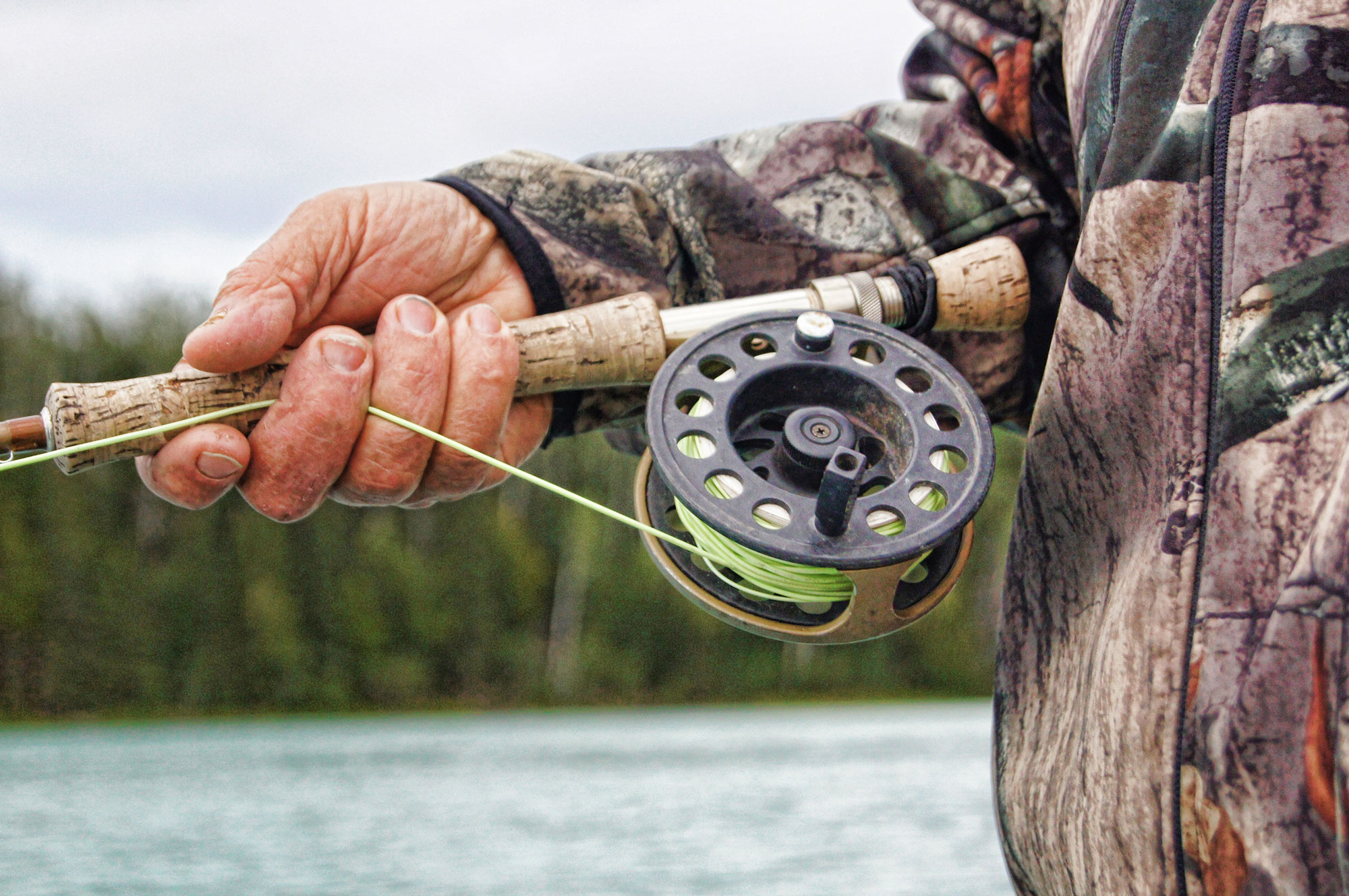Advertisement
Under heavy fall rains, New Brunswick’s Restigouche River had swollen to spring levels and turned spring brown. For me, that meant just one thing: switch to a sink-tip line, a short leader and a large tube fly. After catching three Atlantic salmon between 18 and 35 pounds, I knew my decision had paid off. Could I have hooked and landed the same fish on a standard fly? Possibly. But confidence in my tackle is critical, and I had confidence in the tube fly for these tricky conditions.
A tube fly? To the uninitiated, “tube fly” is a generic term for patterns tied on a cylinder, rather than on a hook. The leader is then passed through the dressed cylinder and attached to the hook, which remains separate from the tube itself (see “Tube tying”). Why include this unconventional style in your arsenal of flies? Here are just some of the major advantages.
Advertisement
Effectiveness: Long-shank hooks can lever themselves loose during an extended battle, but tubes use short-shank hooks. Plus, the tube rides up the leader after a hook-up, which also helps keep a good grip on your catch. Indeed, I’ve had fewer lightly hooked fish when using tubes. The pattern is also useful on waters where it’s mandatory to use barbless hooks, particularly when fishing for species that go airborne—the short-shank hooks are much less likely to be airmailed back to the angler.
Versatility: You can make a half-inch fly by cutting a longer tube or a 10-inch fly by stringing several tubes together—there’s no need to mess with tandems. Some anglers think tube patterns must be tied in the round, but this is false. Standard patterns are easily tied and, with the hook and wing providing stability, orient themselves properly. And since the hook remains detached from the tube, you can easily switch it out for either barbed or barbless options, or a different size altogether.
Castability: Tubes flies are light, which makes them easier to cast than flies on large hooks—and no more nasty raps on the back of the head when a gust knocks down a backcast. They’re also effective when it’s essential to get a large fly down deep with full-sinking or sink-tip lines. While large hooks can catch the bottom, a plastic-tube/small-hook combo rides higher and is less likely to snag. With tubes, I’ve contributed considerably fewer flies to the bottom’s decor.
Advertisement
Convenience: These flies are easy to store. Although you can buy special tube-fly boxes, a simple plastic box with divided compartments is all you need. You can even carry them in your shirt pocket—say goodbye to barbless flies falling out of a fly-patch. Just toss the wet flies, without their hooks, into your box and open the lid at the end of the day to let them dry out. So much for rusty hooks, too.
Affordability: Some of the plastic tubes I use cost less than a penny each. And you only need a few hooks for thousands of flies. Plus, an array of hook styles can be replaced by a smaller variety of styles in just a few sizes. Now that’s economy.
Advertisement

